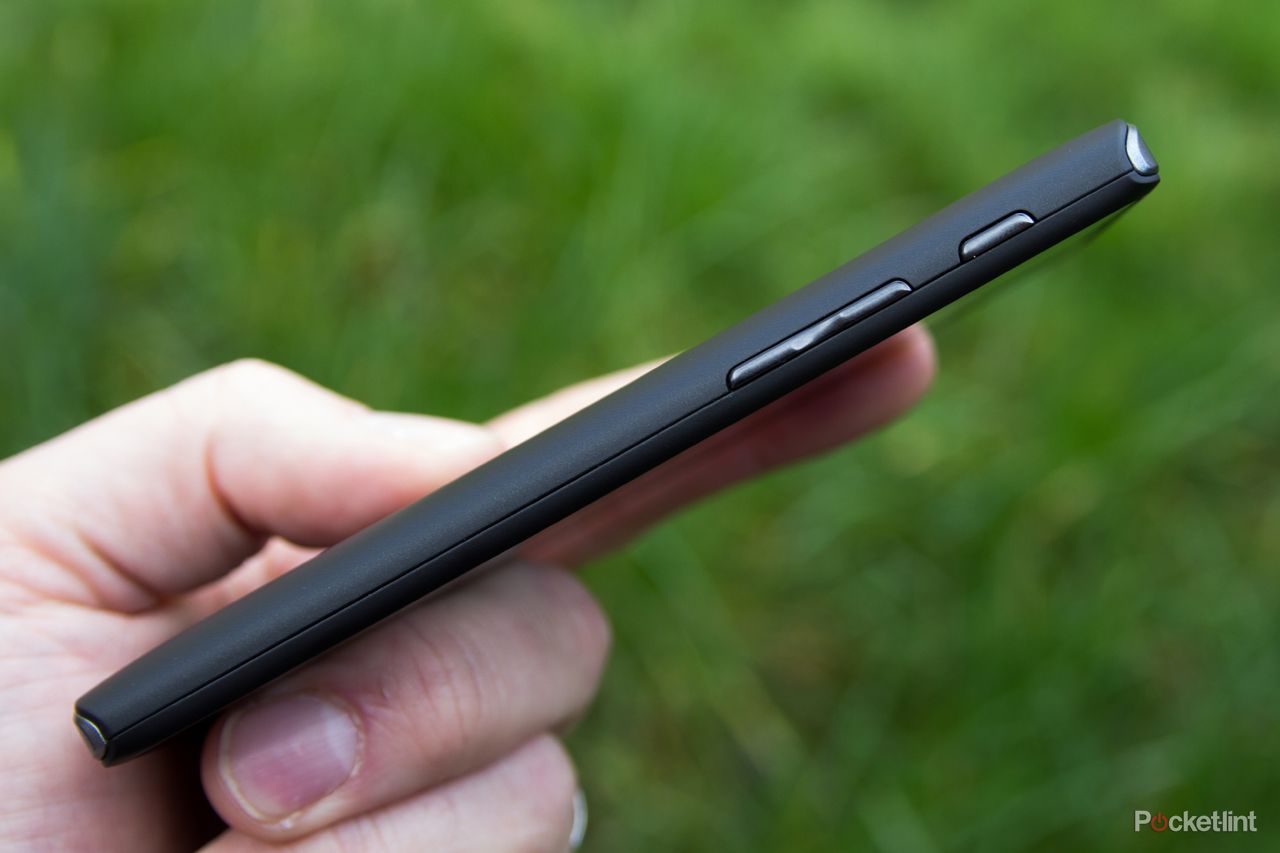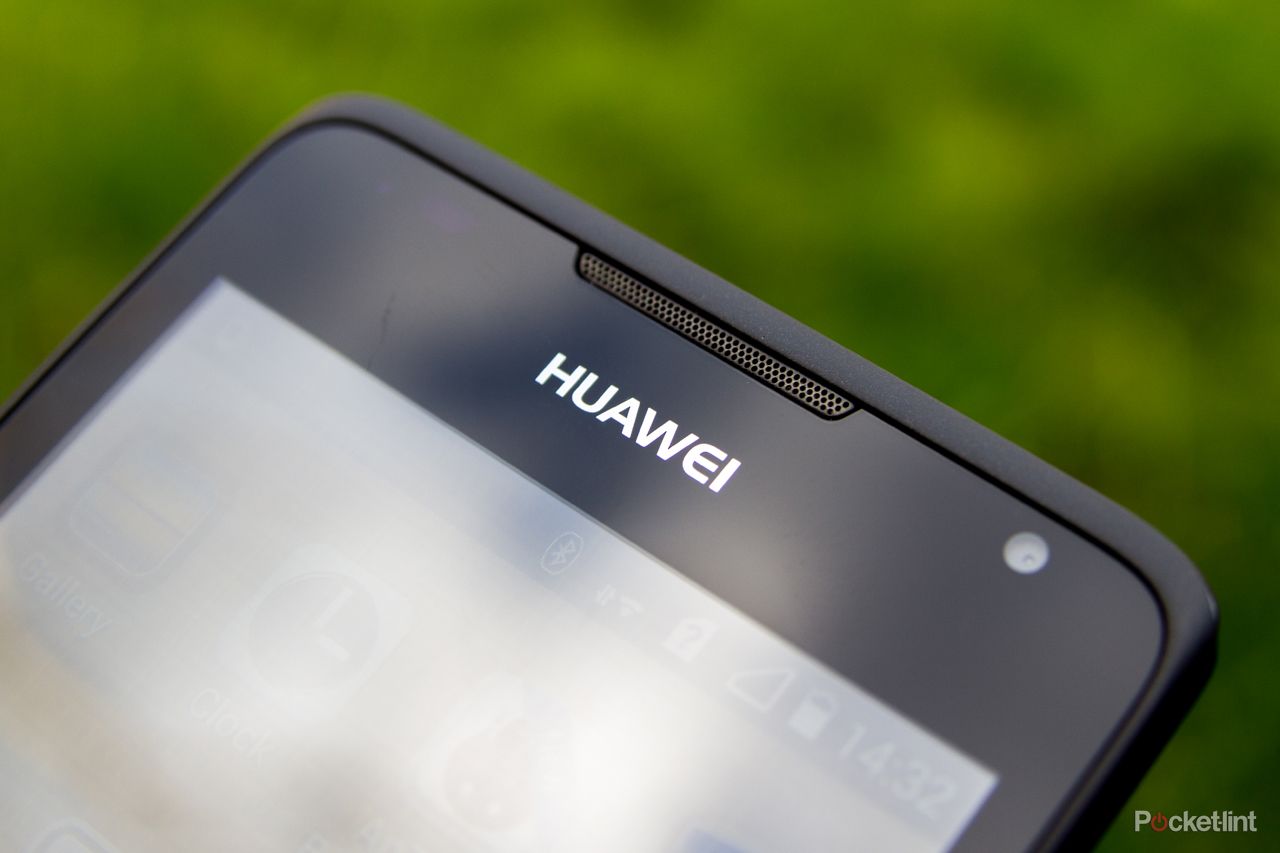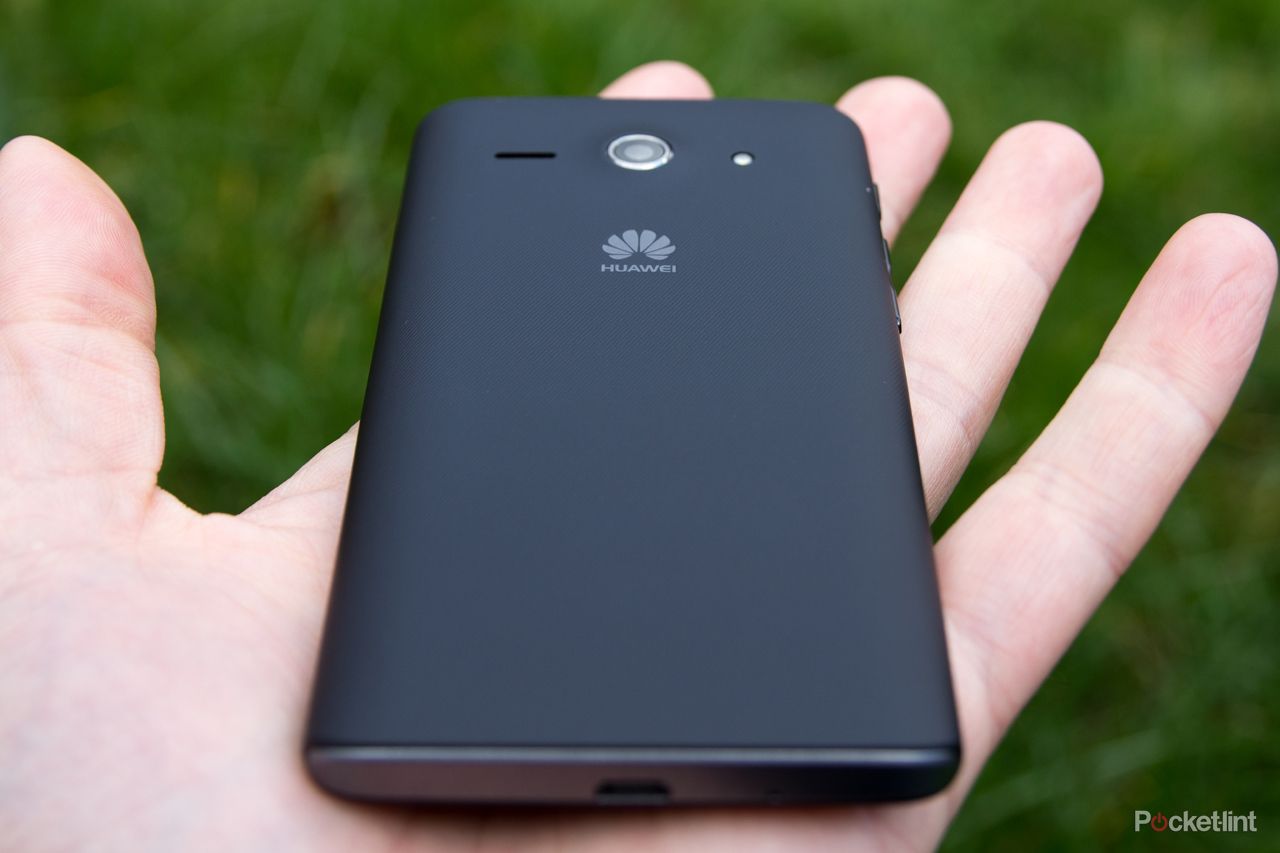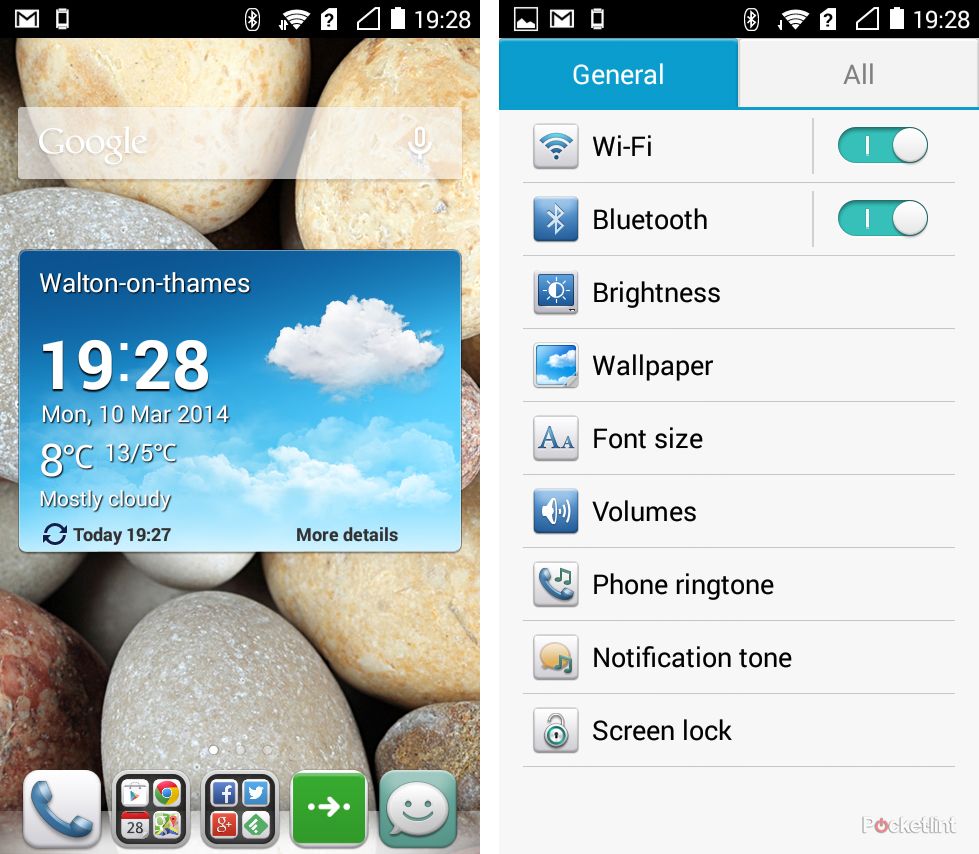The Huawei Y530 is the latest handset from the company that's looking to deliver that smartphone experience without breaking the bank.
Our quick take
The biggest problem the Huawei Ascend Y530 faces is that the competition at this price point has changed fairly dramatically in recent times. While there are a number of devices in the sub-£150 category, it’s the Motorola Moto G that has shifted expectations up a gear. That makes it difficult to see why you'd pick the Huawei or similar rivals over the Motorola, which has the edge on performance, a better display, lovely design and is only £10 more expensive than this model.
READ: Motorola Moto G review
That said, Huawei's device works well enough if you're after something to keep you connected. The camera isn't great and the software runs pretty slow, but it has coped with our hectic mobile lifestyle while we've been testing it, even if that takes a toll on the battery life.
Overall the Huawei Ascend Y530 is a typical player in the budget smartphone game, but unfortunately for this newcomer, the game has changed.
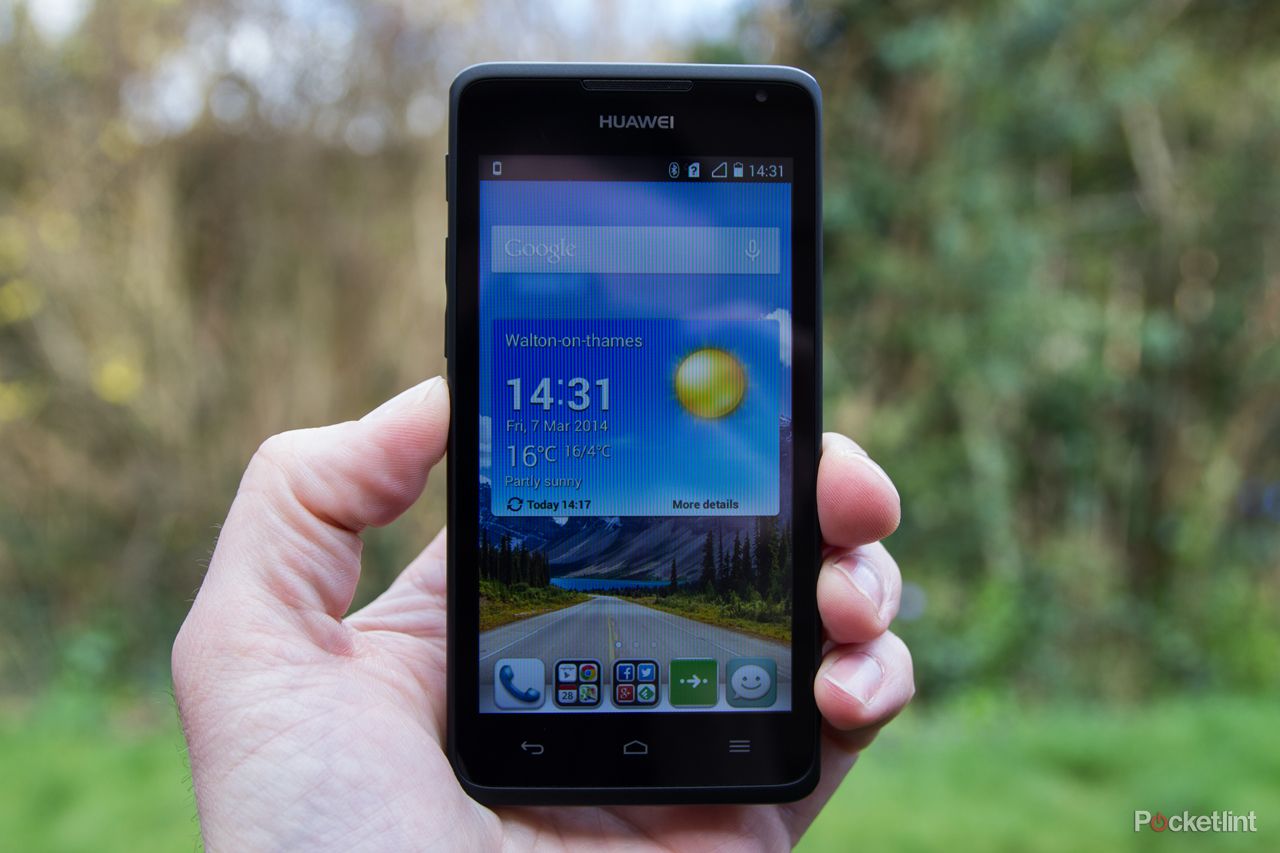
Huawei Ascend Y530 - 3.0 / 5
| FOR | AGAINST |
|---|---|
|
|
Priced at £149.95 SIM-free, the Huawei Ascend Y530 is cheap for a 4.5-inch device, although it sits uncomfortably close to the £159.95 being asked for the excellent Motorola Moto G.
Can the Y530 differentiate itself enough to shine in this now hugely competitive end of the market?
Design
The Huawei Ascend Y530 sticks to a fairly conservative set of design rules. There's a textured back for extra grip, curved edges to make it easy to hold and a pretty conventional placement of connections and buttons.
Both the volume and the standby button are on the left-hand side and we found ourselves hitting the volume up instead of standby on a few occasions because of their close proximity and similar feel - but that's something you'll probably get used to.
On the front that 4.5-inch display has three touch-based controls beneath it: offering back, home and menu as is typical of such devices. Sized as the Y530 is - it measures 67 x 133 x 8mm - it's easy to reach all the controls in one-handed use.
The phone is finished in plastics, but it feels sturdy enough in the hand. Its 152g mass does feel surprisingly weighty though. It isn't offensive in design, but at the same time there's little to make this Huawei stand out: it's 4.5-inches of smartphone and that's about all you can say.
Hardware and performance
Where the Ascend Y530 shows its budget credentials is in the hardware. There's a 1.2GHz dual-core processor and 512MB of RAM which puts the Y530 towards the bottom of the pile when it comes to performance. That's reflected in the user experience, as it's pretty slow to navigate.
Switching from one app to another, or launching apps, shows some delay, while things like returning home and launching the camera both need a little patience. The same can be said of opening the browser and using the keyboard. Things are slow, so if you're a demanding user then this isn't the device for you.
However, the Y530 handles daily tasks without too much of a problem. Whether that's finding a route in Google Maps, crunching Gmail or catching up on BBC Three on iPlayer, the Huawei handles it, but power users will find themselves wanting something faster.
There's only 4GB of internal memory too, of which only 1.86GB is available for user storage and apps. There is a microSD card slot to expand storage, however, and you would be advised to use this for all your music and photos.
When it comes to calling - and this is a 3G handset, rather than 4G like many recent Huawei launches - the speaker quality is moderate, so calls don't sound great. The external speaker isn't much better, so you'd be better to stick to using headphones for music and movies.
Display
Again making its case for a budget phone is the Y530’s display. The 4.5-inch scale means there's plenty of space, but the 854 x 480 pixels that make up the screen isn't especially sharp or detailed due to its low resolution (217ppi). This sort of resolution is fairly typical for this level of device.
However, there's plenty of vibrant colour and the viewing angles are good too because this is an IPS display. That's a high point of this device because the screen is capable of providing lovely visuals. If you're watching iPlayer video or browsing images there's still plenty of punch despite the low resolution.
We did find that the auto-brightness was a little temperamental, jumping up and down rather than smoothly adapting to surrounding conditions. This made for uncomfortable viewing, but it appears to be a software issue, as when we installed the Lux Lite app it took over the screen brightness without a problem.
The screen’s exterior finish is rather prone to getting smeared from fingers, however, so we were regularly wiping the display clean so that things stayed visible.
Software experience
The Huawei Ascend Y530 launches with Android 4.3, which is a fairly recent version, but it carries Huawei's Emotion UI over the top. It's quite a way removed from stock Android, with everything from the notifications to the settings menus getting a visual tweaking.
One of the biggest changes is the removal of the apps tray, so all your apps will just fall onto home pages. That's the same approach that Apple uses on the iPhone, and it means you need to get to grips with folders to keep things organised.
One of the highlighted features is the ability to switch over to a simple interface that puts the essentials at your fingertips. It's a nice addition, especially for those who want a smartphone without the fuss. You can customise this interface to a degree, so you can add some of your top apps if you like and the feature could be useful for those who find that smartphone icons are generally too small and fiddly.
Huawei has its own keyboard too, but we found it a little slow and fussy compared to the stock Android keyboard that's also included and gives faster text entry results.
Cameras
Smartphone cameras have been on the rise and in the Huawei Y530 there's a 5-megapixel autofocus camera on the rear and a 0.3-megapixel camera on the front.
As far as taking selfies goes, the results are poor from the front camera even in good light, but we like the guide that tells you where to look so that your eyes are on the lens, rather than off to the side. We found that results looked a little like a painting though, so not that useful if you want a photo that looks like a photo.
The rear camera is better and it will at least offer autofocus, but the results aren't anything to get too excited about either. We found a lot of image noise and poor focusing in low-light conditions, a general lack of detail and something of a pink tinge to many images.
There are a number of other shooting options available, as well as 720p video, which came in handy to get the core shots - but we would use an app like Snapseed to improve the results by boosting colours and contrast.
In short this phone doesn't push the camera phone message hard. Although that's perhaps acceptable we would have liked more core quality.
Battery life
The battery life of the Huawei Ascend Y530 isn't too good either. The 1750mAh battery saw us through about half a day of heavy use, needing to be topped up during the afternoon.
Admittedly we are heavy users, but even on a day in the office making a few calls and the normal background synching of emails and so on, the Ascend Y530 struggled to make it though the day.

